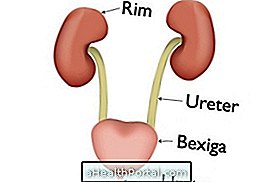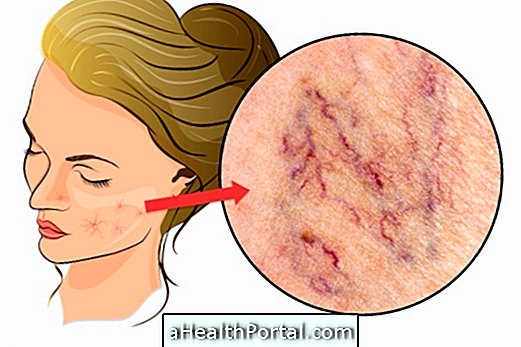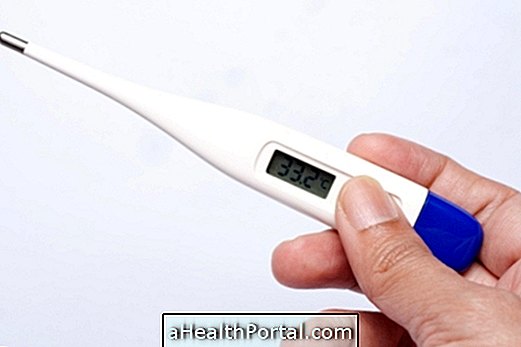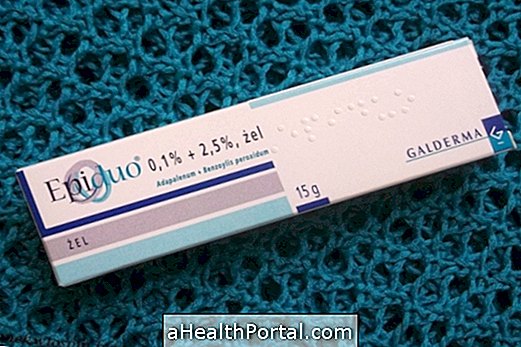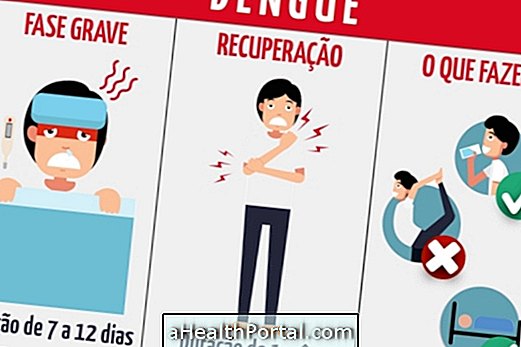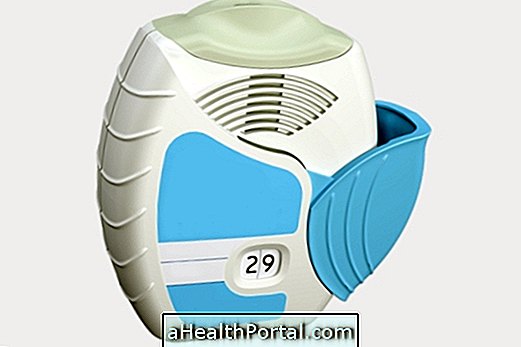After cervical, lumbar or thoracic surgery, it is important to take care to avoid complications, even if there is no more pain, such as not lifting weights, driving or making jerky movements. See what the general care is after any surgery.
Postoperative care improves recovery, reduces postoperative pain, and reduces the chances of complications, such as poor healing or movement of the screws placed in the spine. In addition to these care, physiotherapy is indicated to make recovery faster and more effective, thus improving the quality of life, and the use of medicines to control pain according to medical guidance.
Currently there are some surgical procedures that can be performed in the spine that are not invasive, and the person can walk out of the hospital within 24 hours, however, that does not mean that they should not be taken care of. Usually the complete recovery lasts on average 3 months and in this period the medical recommendations must be followed.
Main care after surgery
The surgery of the spine is performed according to the cause of the person's symptoms, and can be performed in the cervical spine, which comprises the vertebrae located in the neck, the thoracic spine, which corresponds to the middle of the back, or the lumbar spine, which is located at the end of the back, just after the thoracic spine. In this way, the care may vary according to the place where the surgery was performed.
1. Cervical spine
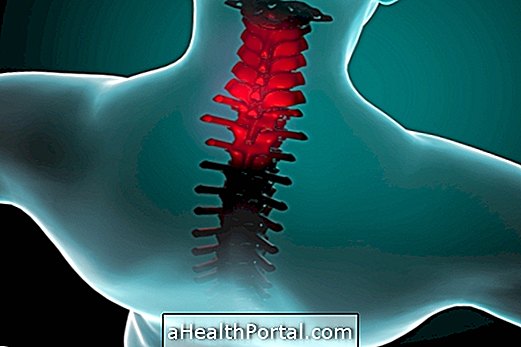
Care after cervical spine surgery for 6 weeks after surgery to avoid complications and include:
- Do not make quick or repetitive movements with the neck;
- Climb stairs slowly, one step at a time, holding the railing;
- Avoid lifting objects heavier than a box of milk in the first 60 days;
- Do not drive in the first 2 weeks.
In some cases, the doctor may recommend the constant use of cervical collar for 30 days, even for sleep. However, he can be removed to bathe and change his clothes.
2. Thoracic spine

Care after thoracic spine surgery may be required for 2 months and may include:
- Start small walks 5 to 15 minutes a day, 4 days after surgery and avoiding ramps, stairs or uneven floor;
- Avoid sitting more than 1 hour;
- Avoid lifting heavier objects than a box of milk in the first 2 months;
- Avoid intimate contact for about 15 days;
- Do not drive for 1 month.
The person can return to work about 45 to 90 days after surgery, in addition the orthopedist performs periodic imaging tests, such as X-ray or MRI, with the purpose of evaluating the recovery of the spine, guiding the types of activities that can be started.
3. Lumbar spine

The most important care after a lumbar spine surgery is to avoid twisting or bending your back, however, other cares include:
- Do small walks only after 4 days of surgery, avoiding ramps, stairs or uneven floor, increasing the walking time to 30 minutes 2 times a day;
- Put a cushion behind your back when sitting, to support the spine, even in the car;
- Avoid staying more than 1 hour in the same position, whether sitting, lying or standing;
- Avoid intimate contact during the first 30 days;
- Do not drive for 1 month.
Surgery does not prevent the same problem from occurring elsewhere in the spine, so caution when squatting or picking up heavy objects should be maintained even after full recovery from surgery. Lumbar spine surgery is more common in cases of descoliosis or a herniated disc, for example. Find out what are the types of hernia surgery and possible risks.
In addition, breathing exercises should be performed to prevent respiratory infections and to prevent the accumulation of secretions in the lungs. Here are 5 exercises to breathe better after surgery.
Putting a warm compress on the pain area can help relieve pain and discomfort, see how to:

